Speaking at a strategic meeting on the development of the NSR, Prime Minister Mishustin stressed the important role of this sea route in enhancing transport connectivity for the country's remote territories.
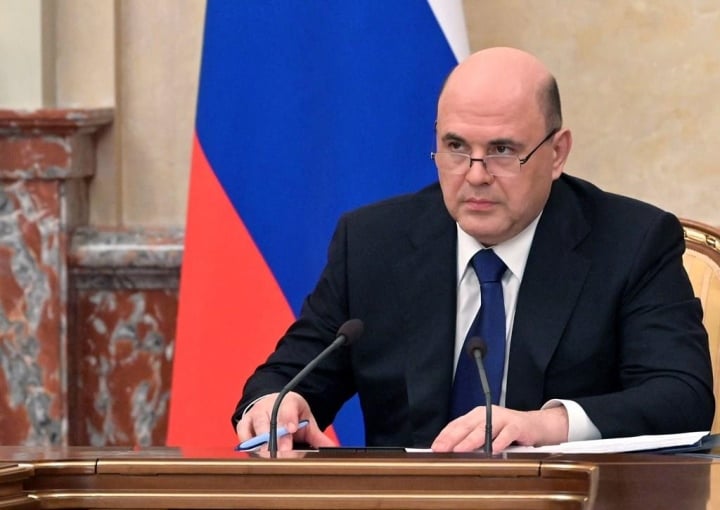
Russian Prime Minister Mikhail Mishustin. (Photo: Reuters)
The meeting focused on assessing the progress of the NSR development plan, approved in August 2022, which includes the construction of more than 50 new icebreakers and ice-resistant vessels, as well as the establishment of ports, terminals, emergency rescue centers and the deployment of an orbital satellite network to monitor the route's operations.
According to Prime Minister Mishustin, to implement this comprehensive plan, about 2,000 billion rubles need to be invested over the next 13 years. About 30% of this amount, equivalent to 600 billion rubles (about 7.37 billion USD), will be taken from the federal budget.
He stressed the importance of creating a comprehensive infrastructure complex, including new ports, technical and emergency stations, weather and ice monitoring systems, and a traffic management system spanning the entire NSR.
Prime Minister Mishustin said the government will launch five meteorological satellites this year, to increase the ability to monitor and provide round-the-clock support on all routes in the Arctic.
According to Russia's Sputnik news agency, the NSR runs along the northern coast of Russia, with a length of about 5,600 km, connecting European and Far Eastern ports of Russia, as well as river mouths in Siberia to form a unified transport route.
This is the shortest shipping route from Asia to Europe and is also Russia's key economic project in the Arctic and Far East region.
In a decree issued in May 2018, Russian President Vladimir Putin required that by 2024, cargo traffic along the NSR must double to 80 million tons/year.
The construction of the NSR is also considered one of Russia's important solutions to replace the Suez Canal.
(Source: BNews)
Useful
Emotion
Creative
Unique
Source







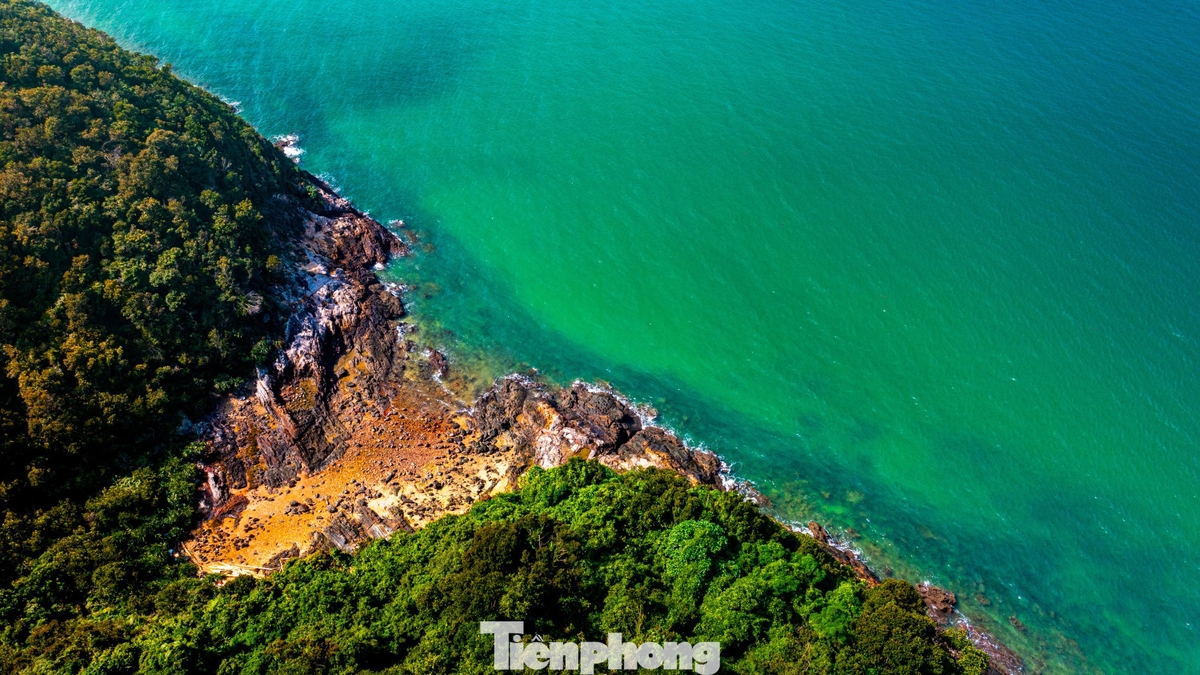
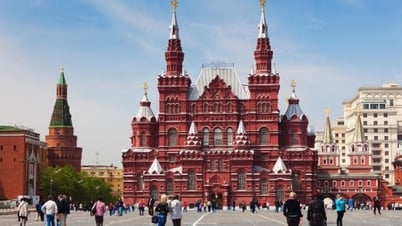

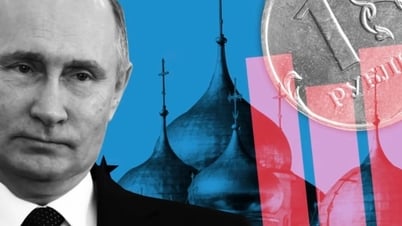




















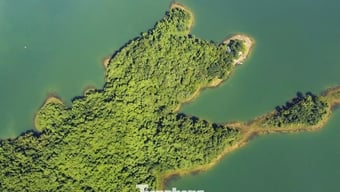







![[Photo] General Secretary To Lam and National Assembly Chairman Tran Thanh Man attend the 80th Anniversary of the Traditional Day of the Vietnamese Inspection Sector](https://vphoto.vietnam.vn/thumb/1200x675/vietnam/resource/IMAGE/2025/11/17/1763356362984_a2-bnd-7940-3561-jpg.webp)







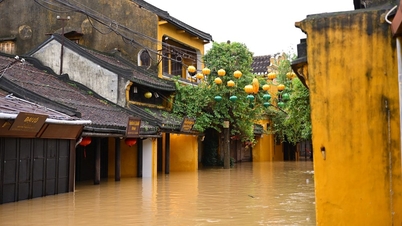
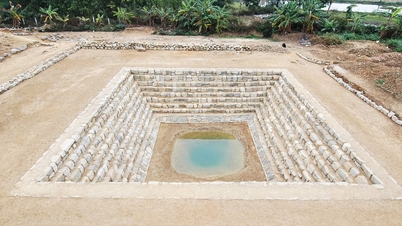
























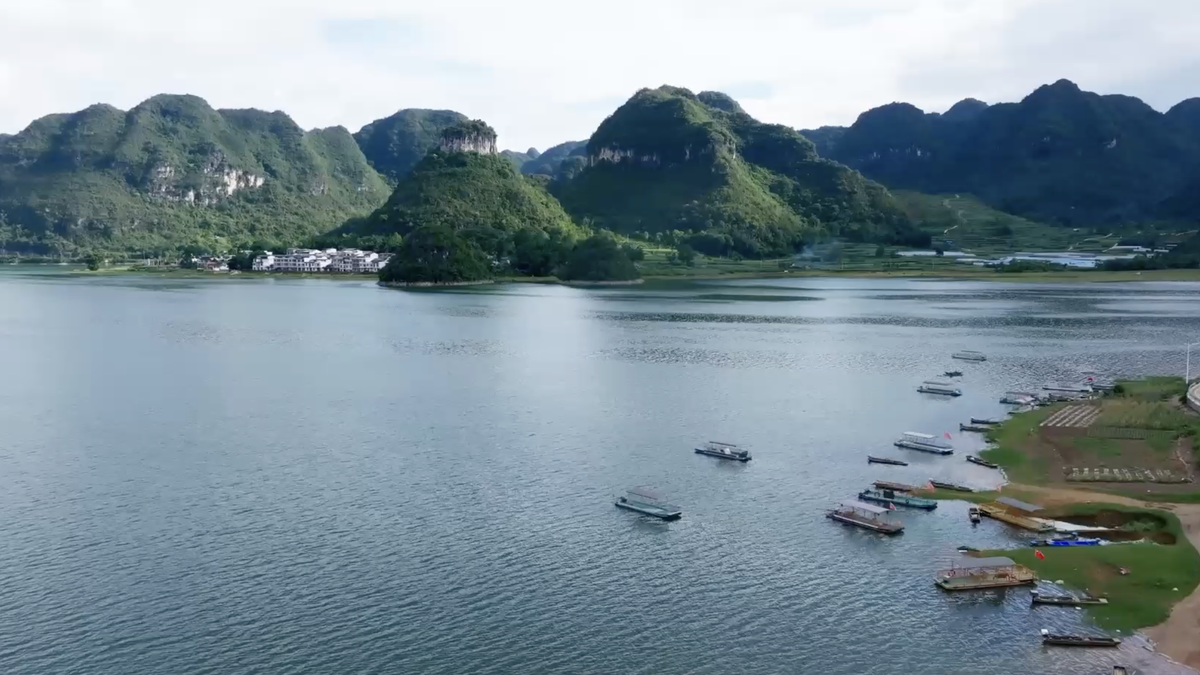





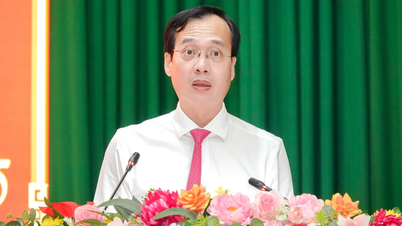



































Comment (0)